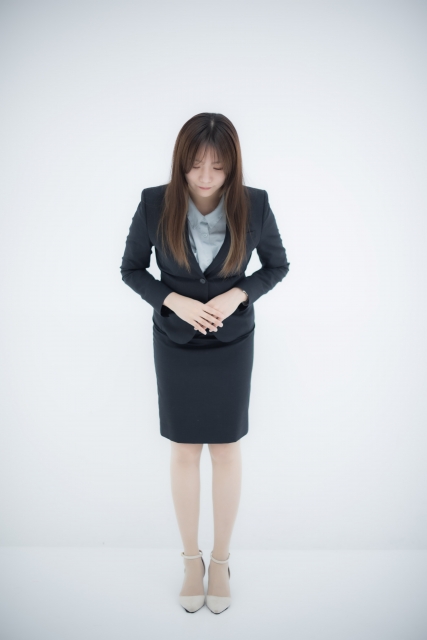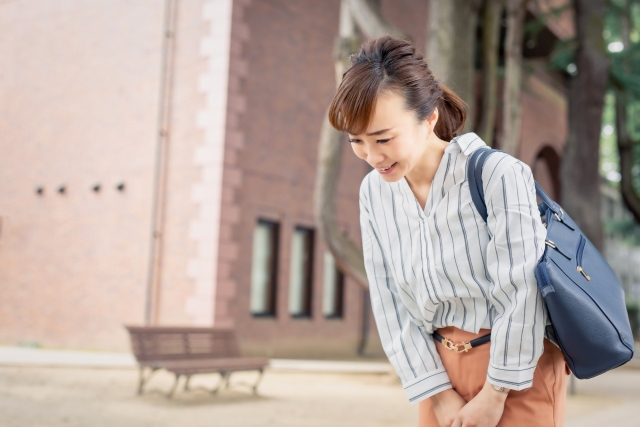Japan, a country rich in tradition and culture, is known for its unique customs that reflect respect and courtesy. One such custom, integral to daily interactions and deeply ingrained in Japanese society, is the act of bowing or “Ojigi” (おじぎ). This article aims to delve into the significance of this cultural practice and provide insight for visitors to appreciate and participate in this nuanced tradition.
What is “Ojigi”?
In Japan, the act of bowing, known as “Ojigi”, is more than a simple nod of the head. It is a gesture deeply rooted in tradition, respect, and etiquette. This custom has various forms and styles, each with its specific implications and occasions of use. As a visitor, understanding “Ojigi” can greatly enhance your cultural experience in Japan.
The Significance of “Ojigi” in Japanese Culture
“Ojigi” plays a vital role in Japanese society. The act is not merely a form of greeting but also a medium to express a range of sentiments, from gratitude and apology to respect and humility. It embodies the Japanese philosophy of mutual respect and harmony, which is a cornerstone of social interactions in the country.
Gratitude and Apology
Bowing is a way to express thanks and to show remorse or apologize. The deeper the bow, the stronger the sentiment expressed. It’s not uncommon to see people bowing during a heartfelt thank you or a sincere apology.
Respect and Humility
Bowing is also a gesture of respect. It’s a humble admission of the presence and status of others. This aspect is particularly noticeable in corporate settings where employees often bow to their superiors as a sign of respect.
Types of Bows in Japan


There are three primary types of bows in Japan, each with its own angle and occasion. They are:
| Type of Bow | Angle | Occasion |
|---|---|---|
| Eshaku | 15 degrees | A casual bow used among equals, or to acknowledge someone you see regularly. |
| Keirei | 30 degrees | A more formal bow, used to show respect to someone of higher status. |
| Saikeirei | 45 degrees | The most respectful bow, used to express deep gratitude or apologize sincerely. |
While there are many intricacies to “Ojigi”, foreign visitors aren’t expected to know all the subtleties. However, a basic understanding and attempt at bowing is appreciated and viewed as a sign of respect for Japanese customs and traditions.
Experiencing “Ojigi” as a Visitor
As a visitor in Japan, you’ll witness “Ojigi” in various situations, from business meetings to everyday interactions in shops, restaurants, and hotels. Don’t be afraid to reciprocate the gesture. Even a small nod of the head is a step towards participating in this beautiful aspect of Japanese culture.
When and How to Bow in Japan
While it’s true that as a foreigner, you’re not expected to know all the nuances of Japanese etiquette, a basic understanding of when and how to bow can elevate your travel experience and create a positive impression. Let’s delve into some common situations where you may want to use “Ojigi”.
Greeting and Saying Goodbye
Whether you’re meeting someone for the first time or bidding farewell, a bow is a common way to show respect. The formality of the bow will depend on the relationship and the context. A casual nod can suffice among friends, while a more formal bow may be appropriate in a business setting.
Thanking and Apologizing
Bowing is also the go-to gesture for expressing gratitude or regret. When someone has done you a favor, or you’ve inadvertently caused an inconvenience, a sincere bow can convey your feelings more than words.
Showing Respect
At temples, shrines, or during formal ceremonies, bowing is a sign of respect and reverence. It’s common to bow once when entering and leaving such places.
Understanding the Etiquette
As you start to understand “Ojigi” and its role in Japanese society, here are a few tips to keep in mind to ensure your bow is well-received:
- Stand straight and keep your hands by your sides for men, or clasp them in front for women.
- Bow from the waist, keeping your back and neck straight.
- Keep your eyes down and avoid making eye contact during the bow.
- The deeper and longer the bow, the higher the degree of respect and sincerity.
Final Thoughts
Bowing, or “Ojigi”, is more than just a physical action; it’s a window into the soul of Japan and its people. As you navigate your journey through this beautiful country, embracing the tradition of “Ojigi” can open doors to a deeper cultural understanding and a richer travel experience.



comment